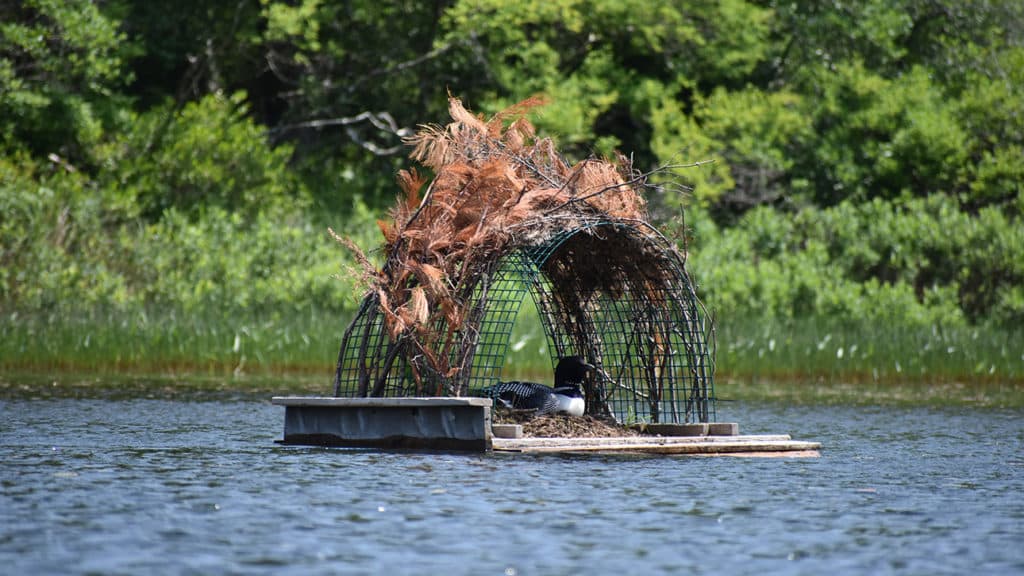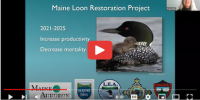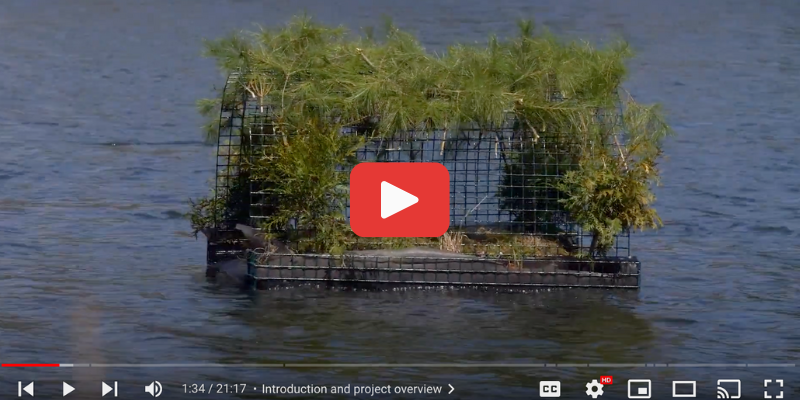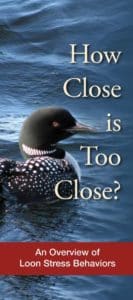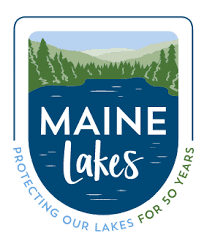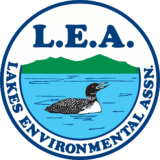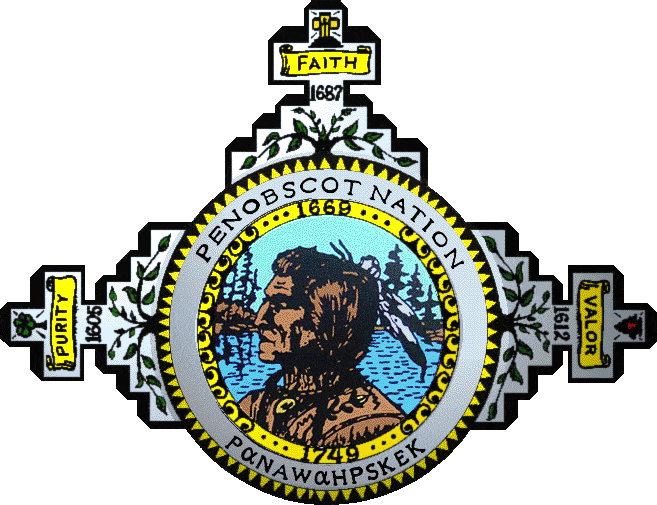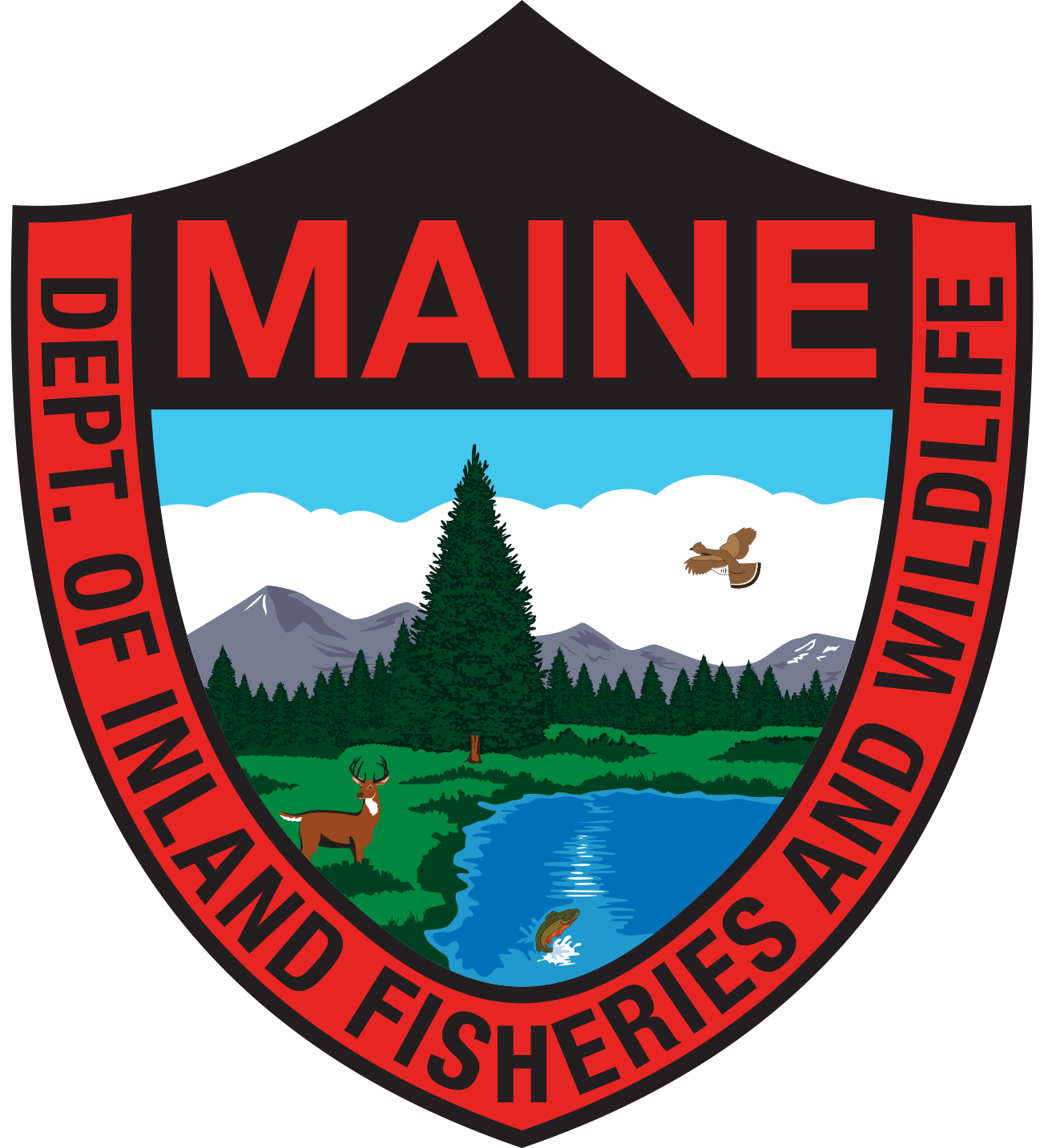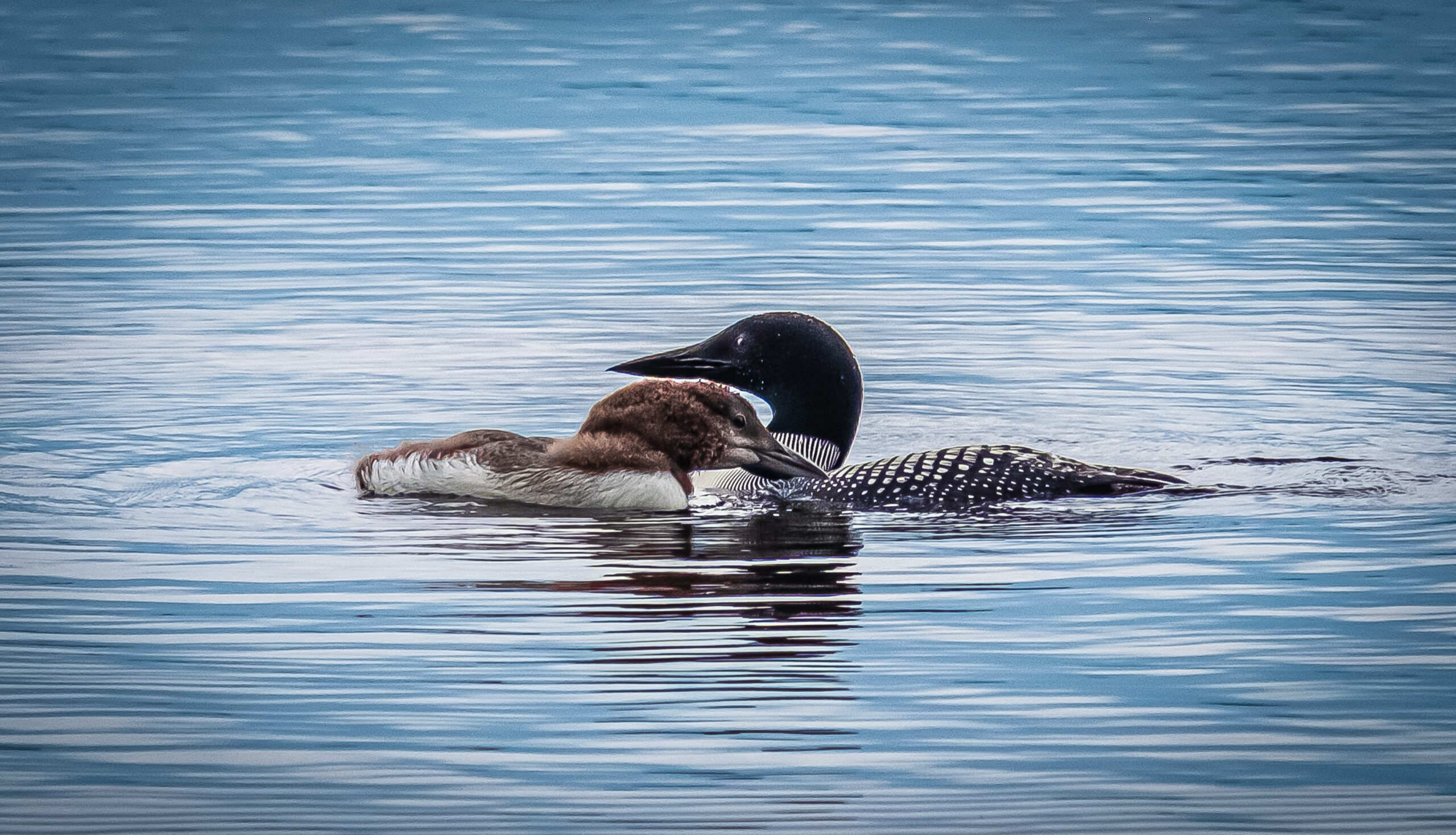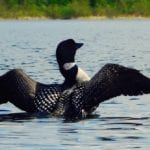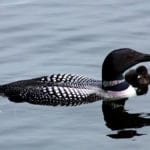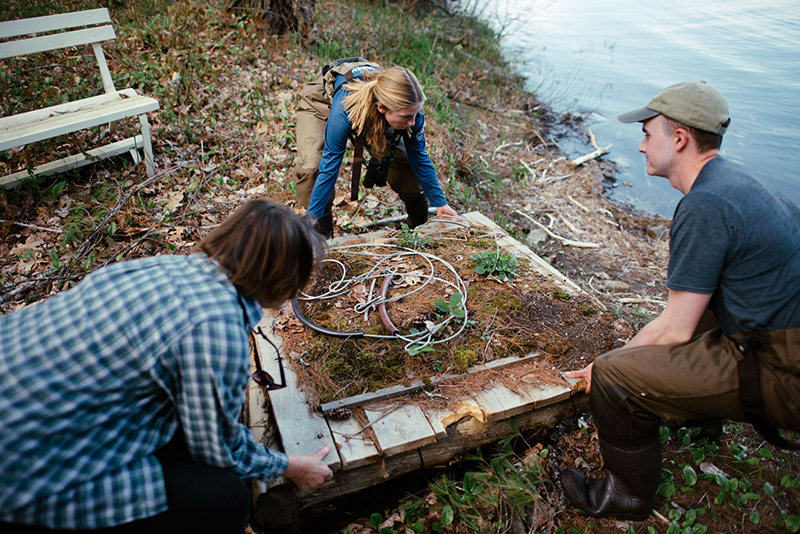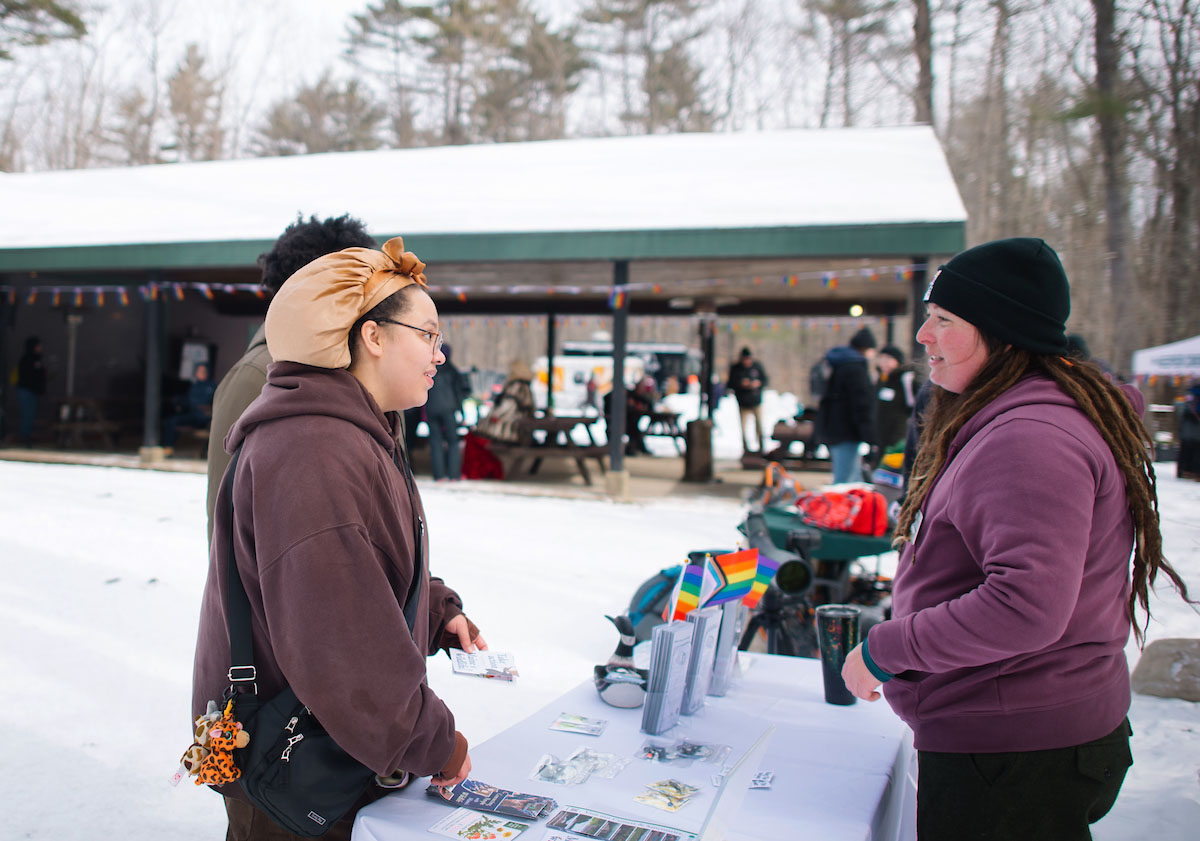On the afternoon of Sunday, April 27, 2003, just south of Westport, Massachusetts, an oil tanker operated by the Bouchard Transportation Company passed on the wrong side of a navigational marker and struck rocks underwater, gouging a 12-foot hole in its hull. In the hours that followed, 98,000 gallons of heavy #6 fuel flowed into Buzzards Bay.
Oil washed up along 100 miles of beaches, rocky shoreline, marshes and tidal flats. 76 loons were found dead and 128 oiled loons collected, of which only 9 survived. More oiled loons continued to be found over the following summer.
The U.S. Fish and Wildlife Service (USFWS) estimated that 531 Common Loons over-wintering or migrating through the area of the spill died as a result of the spill. Eighteen years after the spill, in 2021, a settlement was reached with the company responsible for the spill through Natural Resource Damage Assessment and Restoration Program (NRDAR). The settlement from this spill, announced by the U.S. Fish and Wildlife Service on June 16, 2021, has led to funding for restoration of loons on their breeding grounds, and Maine Audubon is pleased to be one of the funding recipients. Maine Audubon’s proposal for the five-year Maine Loon Restoration Project, A Comprehensive Approach by Maine Partners to Restore Common Loon Losses Resulting from the B-120 Oil Spill, was awarded $825,445. This project is a collaboration between Maine Audubon, Maine Lakes, Lakes Environmental Association, and the Penobscot Indian Nation, in collaboration with the Maine Department of Inland Fisheries and Wildlife.
The goals of the grant are to increase productivity and survival of nesting Common Loons at breeding sites across New England and New York. State and federal environmental agencies selected six projects in all – five comprehensive management projects and one land acquisition – to receive funding to restore common loons affected by the B-120 oil spill. The U.S. Fish and Wildlife Service administers the grants and provides funds to the projects which continue until December 2025.

